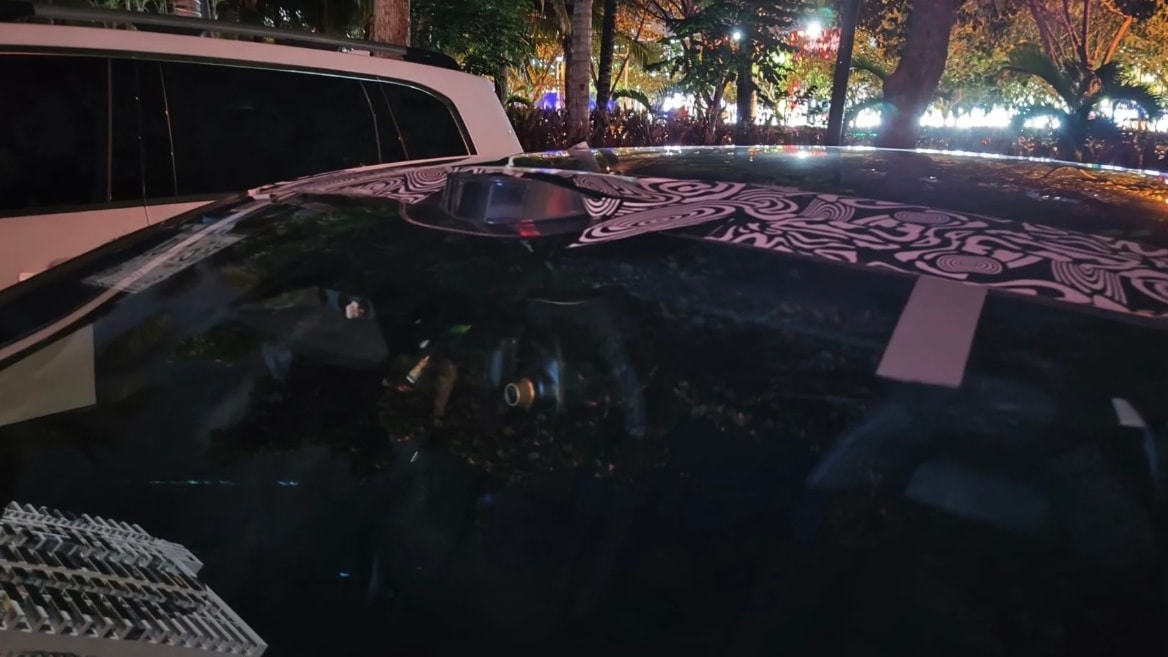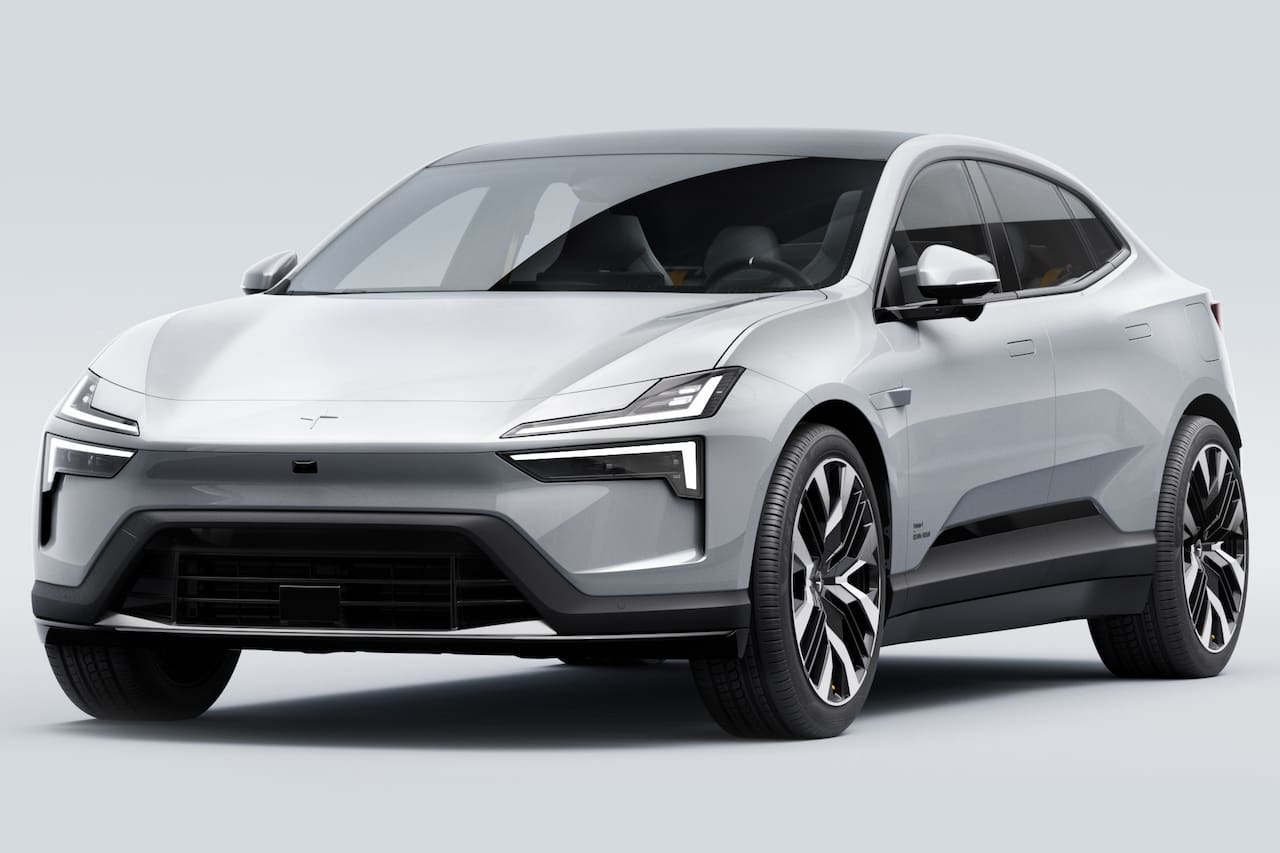Thanks for your insight. Not sure if this is the post or not for this as it's a bit of a parallel topic but related. I'm keen to get some insight from someone working in ADAS systems and autonomous drive. Trouble is most of those who are knowledgeable from working on such things still work on such things and are bogged down in NDAs so can't speak up.
There is a lot of noise from the Tesla-clan / cult / stock pumping enthusiasts on Twitter about the, apparently, revolutionary V12 of "FSD". I'm keen to cut through the crap, the PR, the enthusiasm of fans who don't know what they are looking at and worship every word of Musk and Tesla regardless. I know from others on Twitter who are not fans that 1) US regulation for adaptive cruise and self drive etc is very minimally regulated. No certification or validation for example before sale. Will link and article here in due course. More of a "let them launch it, monitor (somehow/badly) and make OEMs recall it if there are problems. EU is the opposite and there's regulation and approval to go through first. I know that "FSD" is overhyped and oversold as "autopilot" and "full self driving" when it really is a Level 2 system that needs constant supervision. But, is v12 really anything significant? AI based apparently whereas all FSD before it is not. Misunderstandings from fans but doesn't seem all the cars using v12 would actually upload shedloads of data base to Tesla HQ to help the system evolve. What data would it be sharing anyway? Data overload. How is it usefully processed etc. This implies each car using v12 learns independently so you end up with a multitude of versions as each car has experienced different things. To me this doesn't sound like a good thing. Not does it sound good that Tesla FSD v12 learns from cars around it. That seems a disaster waiting to happen as it would just learn from endless bad habits of other drivers. Car needs to obey the highway code even if no one around it does so! How would such individual systems share their learning with HQ and other vehicles? Parallel a little I suppose to adaptive automatic gearbox control that learns for each gearbox and driver it is coupled to. In a way then every P2 or P3 Volvo auto is running a different "brain" for the gearbox as they have all adapted independently from the original base software. But a far less risky outcome.
At the same time, Tesla fan boys talk of this new Tesla datacentre which is training FSD v12 using videos.
So.. I know there's a lot of fan / cult / stock pumping / obsessives out of their depth and singing the praises of anything Tesla does. I don't know any other OEM that has such a numerous, active and engaged fan base. Viscous circle of pumping the brand image. Musk owning Twitter also doesn't help other OEMs here. Unsurprisingly Volvo hasn't tweeted since Musk took over. Other Geely brands are still posting as normal. No one has really pushed onto Threads yet (I wish they would!!).
I know that other OEMs and Tier 1s don't have this sort of fan base nor do they push PR of every little thing on social media. There's A LOT going on at other OEMs and Tier 1 suppliers that is kept quiet. Plus lots of other little companies doing clever things too include a number training autonomous drive systems using video examples. Nothing special by Tesla. Just excessive noise and PR.
So... what I'm really keen to know is... is Tesla's FSD V12 and their data centre really something of any significance or just the usual Musk and Tesla fan hyperbole and BS?
For example, in a press release from Volvo (
Volvo Cars deepens collaboration with NVIDIA; next-generation self-driving Volvos powered by NVIDIA DRIVE Orin - Volvo Cars Global Media Newsroom ) there's a collaboration for Nvidia AI for autonomous driving. So Volvo quietly developing something very clever. Ok, so SPA-2 software is bogging things down but they are on an innovative path.
So Tesla FSD v12 apparently being AI is not a big deal. Plenty of others working on it? Volvo too! Is Volvo further ahead than other OEMs? I hope so.
Maybe Tesla has an advantage with their massive datacentre to train their FSD v12. Maybe that's an advantage vs other OEMs including Volvo. Maybe Volvo has such a capability but is keeping it quiet. Geely has their new ECARX vehicle electronics dept so maybe they too are working on something similar but keeping it quiet and aren't doing endless social media PR to pump stock prices.
As above, overall it seems Volvo is probably in a good position with Nvidia AI based autonomous drive software development coupled to Lidar. Better in house (better profit margins? "vertical integration" than buying a system off the shelf from a Tier 1 even if that has been the usual way of doing things. Teslas approach may be advantageous or may be deeply flawed.
Would love to get an expert in ADAS and autonomous drive to speak up and give a view. I'd love to hear from many many more. Cameras only for Tesla is cheaper but has been discussed before by experts as a flawed approach but pushed through by Musk. Hopefully the robust EU approval process will highlight issues and bring home to roost Tesla's deep error in taking this approach.
Soz for the long post! Been thinking about this for a while


 techcrunch.com
techcrunch.com
![Image]()
![Image]()









